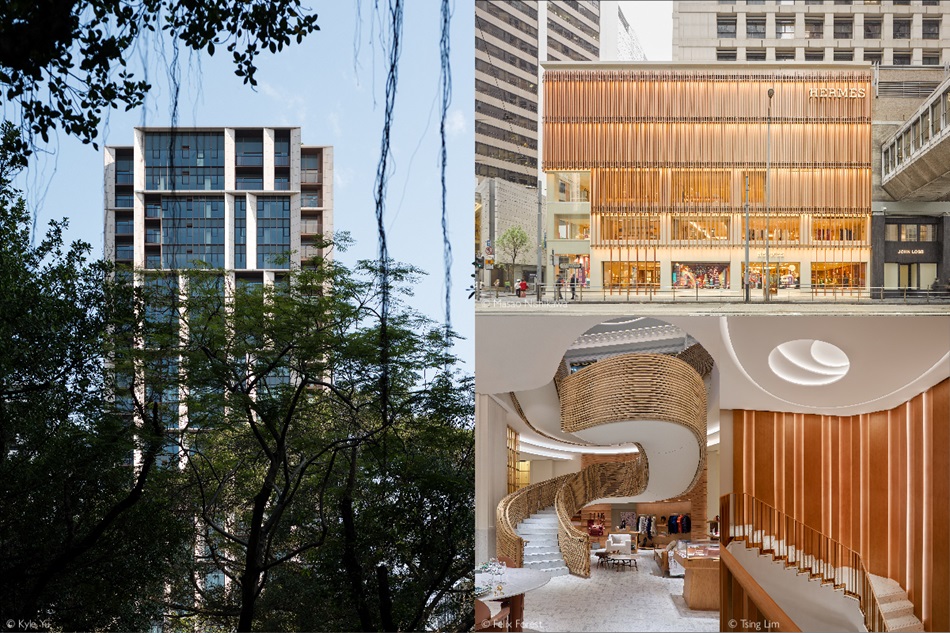PMQ Corner #37
Graphic Design in Japan 2019 Debut in Hong Kong. Humanity on Top of Beauty (II)
Graphic Design in Japan 2019 (Hong Kong Edition)
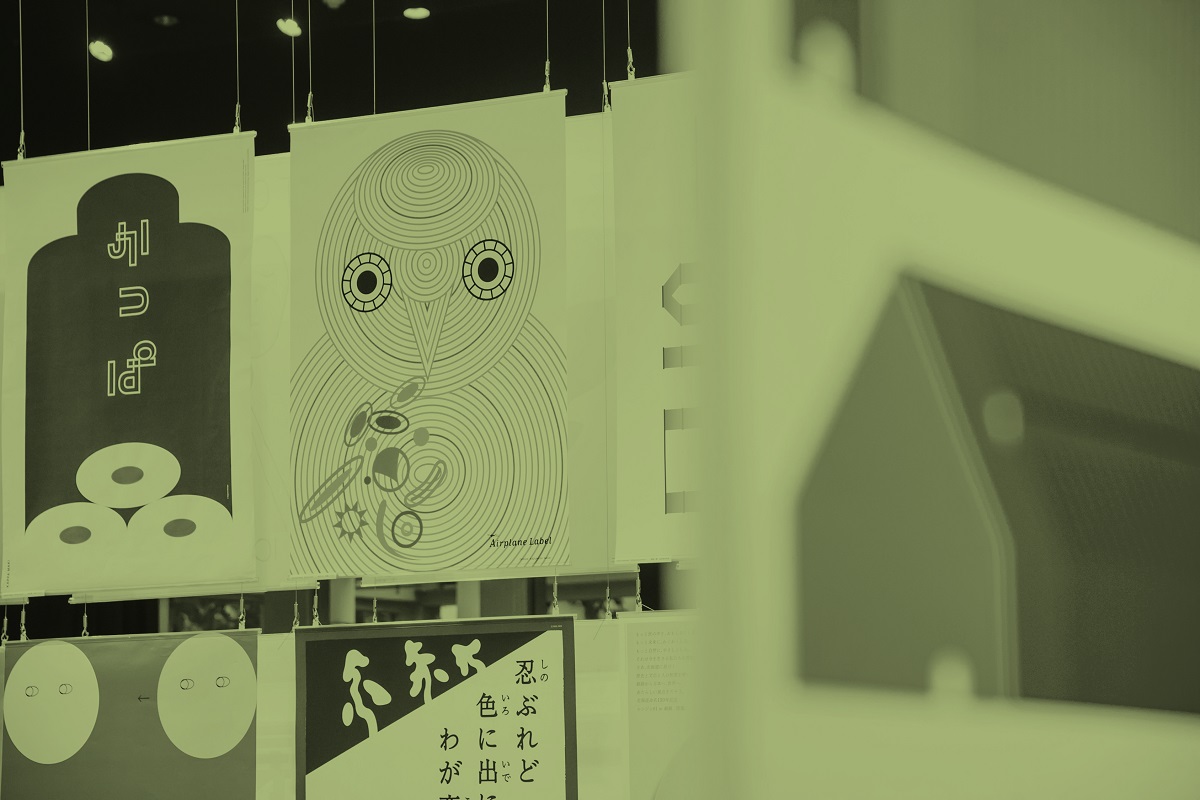
Text: Ko Cheung
Photo: Ko Cheung, PMQ元創方
“Designs witness the history whenever it is, so they must show their time-honoured vitality,” believed Yusaku Kamekura, widely acclaimed as father of modern design in Japan. To expand the aesthetics and functions of designs and to live a full, problem-solving life responsive to the times, Kamekura, in partnership with his passionate peers, founded the Japan Graphic Designers Association (JAGDA) in 1978 to bring the existing and upcoming industry talents for further exploration of the principles, craftsmanship and essence of modern design.
By virtue of Kamekura’s concerted efforts, more than 3,000 team members have never stopped their contribution in the 41-year-old JAGDA, which has already turned to Asia's largest design group. Its yearbook “Graphic Design in Japan”, the Yusaku Kamekura Design Award, the JAGDA Award and the JAGDA New Designer Awards, in tandem with the various exhibitions, have not only brought many design elites onto the design centre stage, but facilitated international acknowledgement on the true colours of graphic design. This Autumn, PMQ joined hands with JAGDA to run in the city the debut of “Graphic Design in Japan (GDJ) 2019 (Hong Kong Edition)”, arousing interest and awareness of a plethora of art and design fans.
JAGDA Award: The stage for upcoming designers
JAGDA's annual yearbook Graphic Design in Japan in parallel with the JAGDA Awards and the JAGDA New Designer Awards are the design centre stage where new designers can show their masterpieces. There are 9 categories in the JAGDA Award, namely posters; general graphics; CI, VI, symbols, logotypes, typefaces & motion logotypes; book & editorial design; package design; newspaper & magazine advertising; ambient design & spatial graphics; interactive design; video and integrated design. The extensive classification not only pays tribute to the designers from different disciplines, but also broadens the horizon of the general public on the graphic design, allowing more space for consideration of social and interpersonal relationships on top of pure appreciation of beautiful patterns.
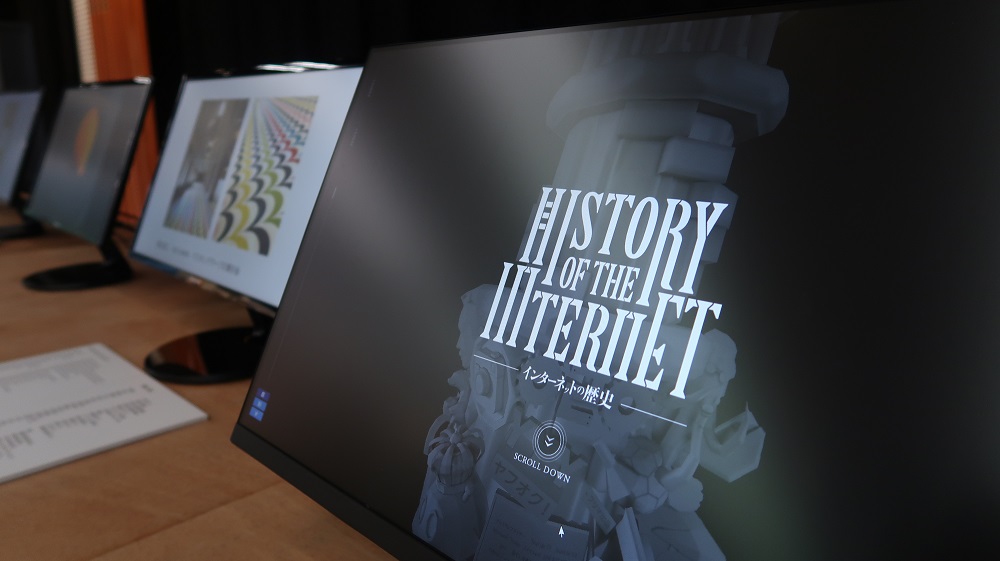
Winner of the interactive design award with its work History of The Internet
For example, Kazunori Kawagoshi, winner of the interactive design award with its work History of The Internet, shows his observation of a well-structured extraterrestrial virtual world with its own unique domain, dimension and history following the booming network development in the past decade or so, hence his 2D interactive design of a virtual world with its happenings chronologically parallel with the actual world illustrated by delicate design images and meticulous data paves the way for contemplation of every single detail of life changes in the process of technological evolution.
JAGDA New Designer Award: Attention to three talents
In addition to the JAGDA Award, the JAGDA New Designer Award is also the highlight of the annual GDJ exhibition. With potential award-winning designers under the age of 39 to be selected from the shortlisted works in the yearbook every year, more than 100 upcoming design talents have been selected since the award inception in 1983. Kenya Hara, Kashiwa Satou, Manabu Mizuno and Atsuki Kikuchi are among the award-winning names that eventually turn to be the titles of acclaim in the industry.
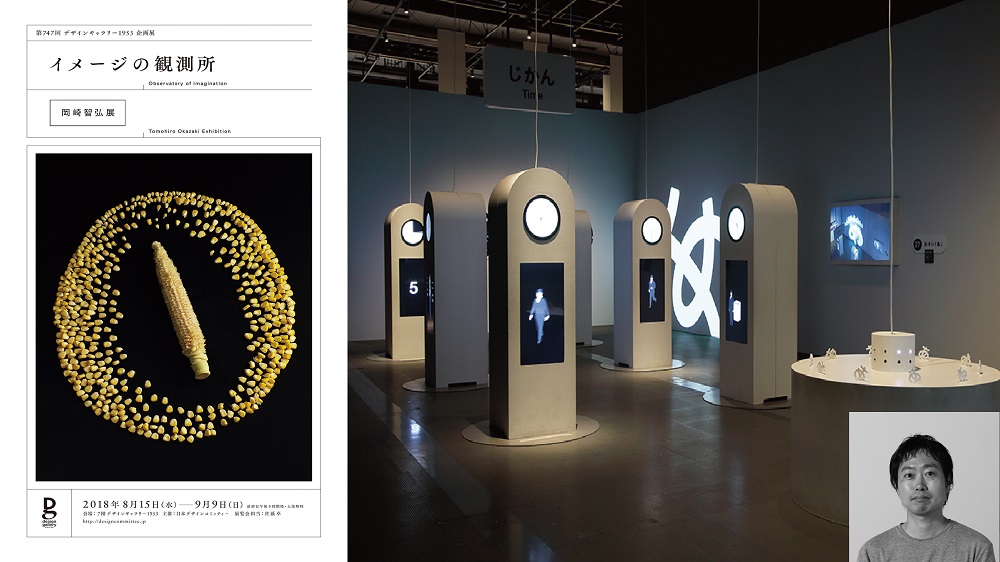
Tomohiro Okazaki and his works
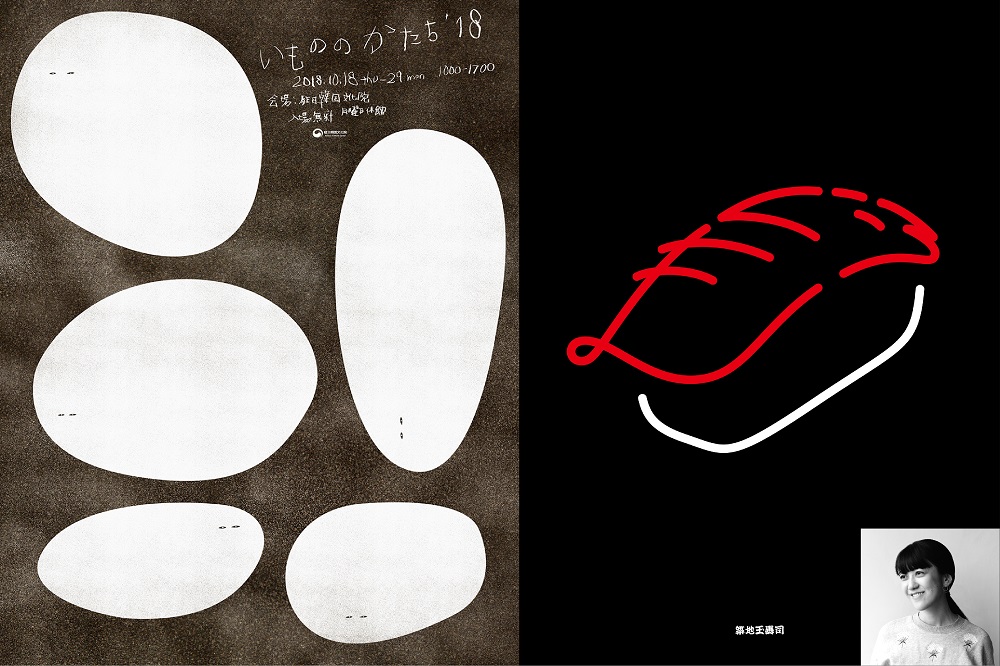
Natsuki Akanuma and her works
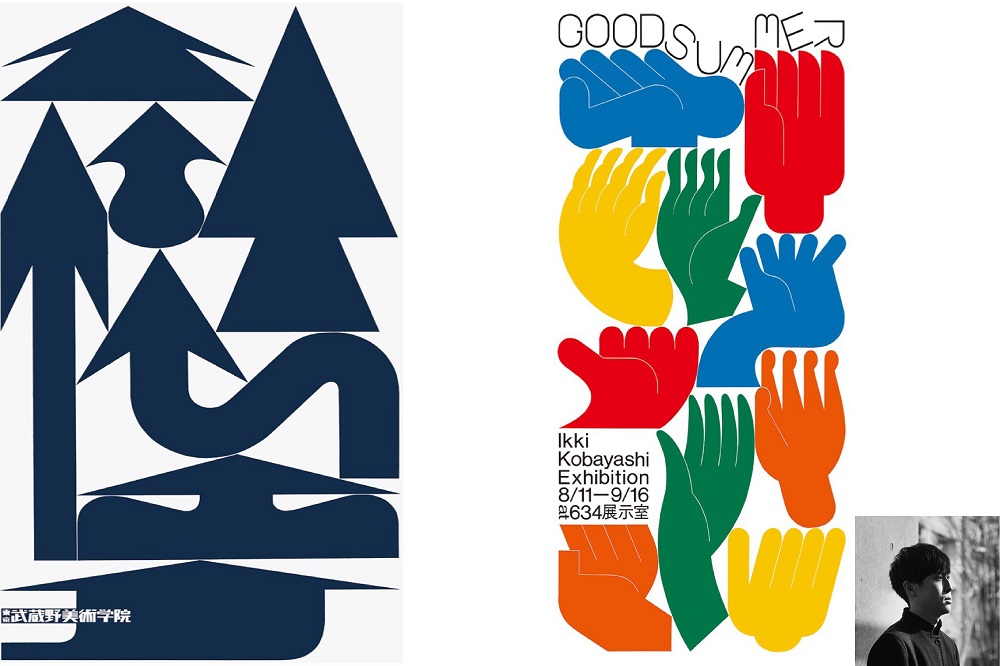
Ikki Kobayashi and his works
There are three JAGDA New Designer Award winners in 2019, namely: Tomohiro Okazaki, Natsuki Akanuma and Ikki Kobayashi. The video work Split Up! by Okazaki deconstructs the textural arrangement of colours, materials, sizes and the like of different objects in the comic strip format, and explores the production and structure of designs starting from scratch. His another award-winning work Observatory of Imagination digs into the relationships between objects and images through the observation of normal goods like a banana and a corn. Akanuma, a former employee of Hakuhodo, a design firm full of JAGDA award winners, after graduation with a Bachelor’s Degree in the Department of Design at Tokyo University of the Arts, wins the award with her work "Sushi Font" that outlines the Japanese national gourmet sushi with unforgettably eye-catching calligraphic strokes. Kobayashi, a Shiseido creative staffer turned freelancer, is awarded for his unique imagination of commercial design and font design.
Every year, it is Yusaku Kamekura Design Award which takes the centre stage as it commemorates Kamekura’s first presidency in the award and his lifelong contribution to the graphic design sector in Japan. The prestigiousness of the award can be testified to by the omission for twice in the past decade due to the award committee’s dissatisfaction about the shortlisted works and the annual selection of not more than one designer regardless of his or her age and occupation.



Yoshiaki Irobe’s work Osaka Metro
Yoshiaki Irobe grasps this top award with his work Osaka Metro, which, in terms of message delivery, is in line with the human-oriented aesthetic principle emphasized by the award committee. Exclusively designing for Osaka's high-speed electric railway that serves and supports the cosmopolitan metropolis, Irobe creates a sleek three-dimensional motion “M” logo which, by changing the angle, becomes Osaka’s “O” with the contrasting purple and white colours for display on screens inside trains and train stations, speaking itself the aesthetic connection between Osaka and Metro while functionally coping with the specification when production is concerned.
《Graphic Design in Japan 2019 .Hong Kong Edition》
-
Date: Now till 29-Sept
-
Venue: The QUBE, 2/F, PMQ
-
Free Admission
-
Enquiry:https://bit.ly/2kR9QJ1


